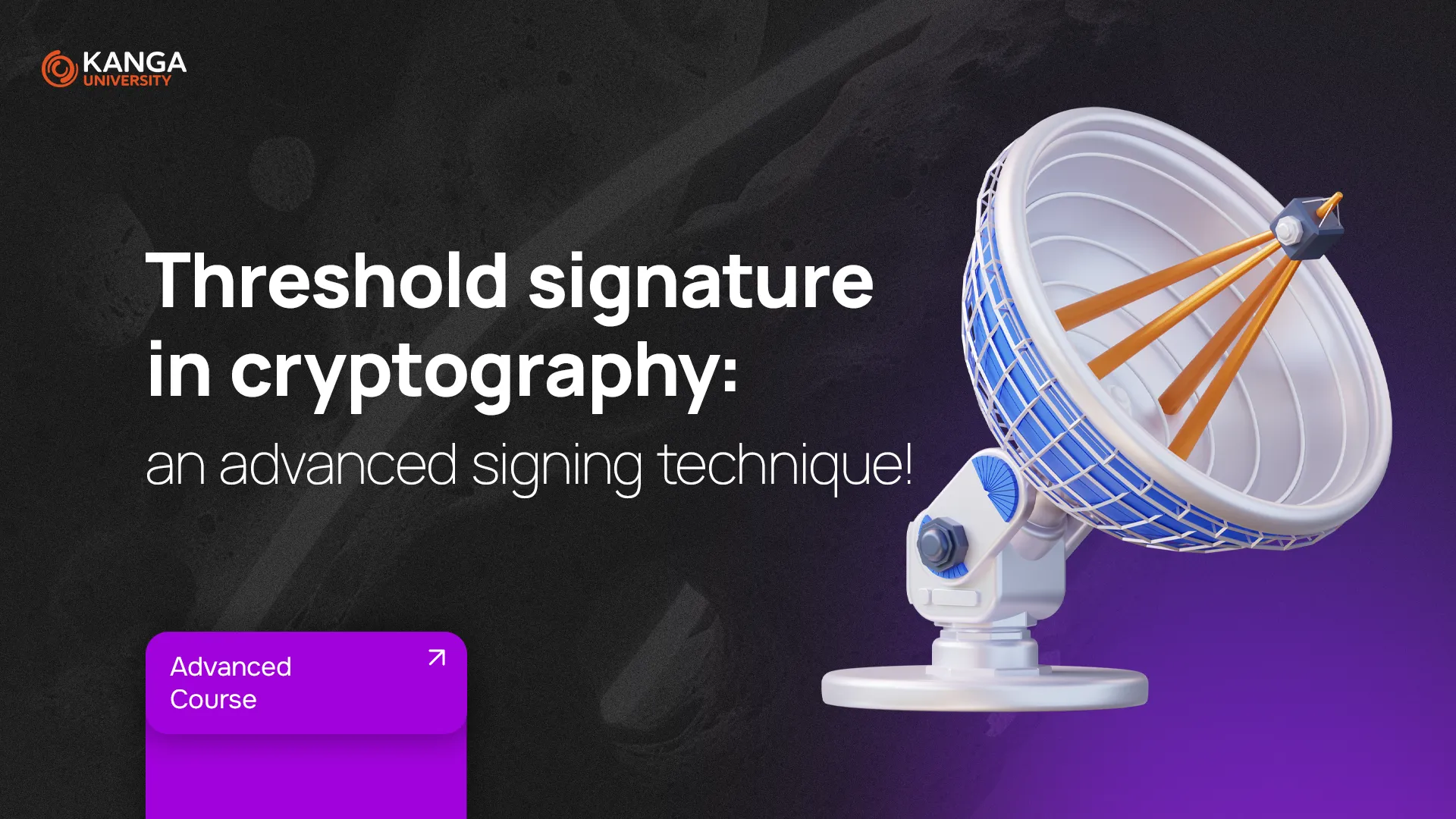
In the world of cryptocurrencies, security and control over digital assets are everything. One of the most advanced tools helping to protect those assets is the threshold signature scheme (TSS). While it may sound technical, TSS is a practical and flexible cryptographic method that allows multiple people to securely authorize transactions—without sharing sensitive information.
This technology is increasingly being used by crypto wallets, financial institutions, and decentralized organizations looking for enhanced security and operational efficiency.
What Is a Threshold Signature?
A threshold signature is a cryptographic technique that enables a group of users to jointly sign a transaction or message. The twist? Not everyone in the group has to participate. As long as a minimum number of participants (the “threshold”) agrees to sign—say, 3 out of 5—the signature is valid.
This setup makes it perfect for organizations where decisions must be made collectively, but not everyone is always available.
How Does It Work?
To understand TSS, let’s first look at how a basic digital signature works:
-
Key generation – A private/public key pair is created. The private key signs transactions, the public key verifies them.
-
Signing – The private key is used to generate a signature for a transaction.
-
Verification – Anyone with the public key can verify that the signature is authentic.
In a threshold setup, these steps are divided among several people. The private key is split into multiple parts, stored separately by each participant. When it’s time to sign a transaction, only a specific number of those key shares need to come together to produce a valid signature. The private key is never reconstructed in full, keeping it safe from attacks.
Why Is TSS Better Than Multisig?
You may have heard of multisig (multi-signature), another method for securing group-based crypto transactions. While both techniques support shared control, TSS offers some major advantages:
-
One signature, not many – TSS produces a single, compact signature, reducing transaction size and fees.
-
More privacy – Observers can’t see how many people signed or who they were.
-
Better cross-chain compatibility – Unlike multisig, which is often limited to specific blockchains, TSS can be implemented across various platforms.
Where Is TSS Used?
Threshold signatures have real-world applications across many industries:
Crypto wallets and DAOs
Used for secure, shared access to funds. Ideal for teams, protocols, and decentralized autonomous organizations.
Finance and banking
TSS is useful in high-value transactions that require multiple levels of authorization, like corporate treasury management or institutional crypto custody.
Cybersecurity
TSS ensures that no one person has full access to sensitive systems or encryption keys.
Key management
In enterprise environments, TSS allows secure delegation and distribution of key access across departments or team members.
Key Benefits of Threshold Signatures
-
Increased security – No single point of failure. Even if one participant is compromised, the private key remains safe.
-
Lower transaction costs – Only one signature is generated, reducing on-chain data and gas fees.
-
Easy scaling – Add or remove participants without regenerating the entire key setup.
-
Future-proof – Works well with modern crypto infrastructure and new wallet technologies.
What About the Algorithms?
TSS isn’t a one-size-fits-all solution. Several algorithms are in use today:
-
Gennaro-Goldfeder – The most widely adopted, known for its strong security and stability.
-
Lindell et al. – Easier to implement, but less efficient in large-scale operations.
-
Doerner et al. – Promising, but not yet mature enough for high-performance use.
Most institutional-grade crypto platforms rely on the Gennaro-Goldfeder model for its robustness and reliability.
Summary
Threshold signatures are one of the most innovative and practical cryptographic tools available today. They allow teams to authorize transactions securely, without exposing private keys or compromising control. As the crypto ecosystem grows more complex, TSS offers a scalable, affordable, and highly secure alternative to traditional methods like multisig.
If you’re managing digital assets with a team—or simply want better protection—threshold signatures are worth serious consideration.